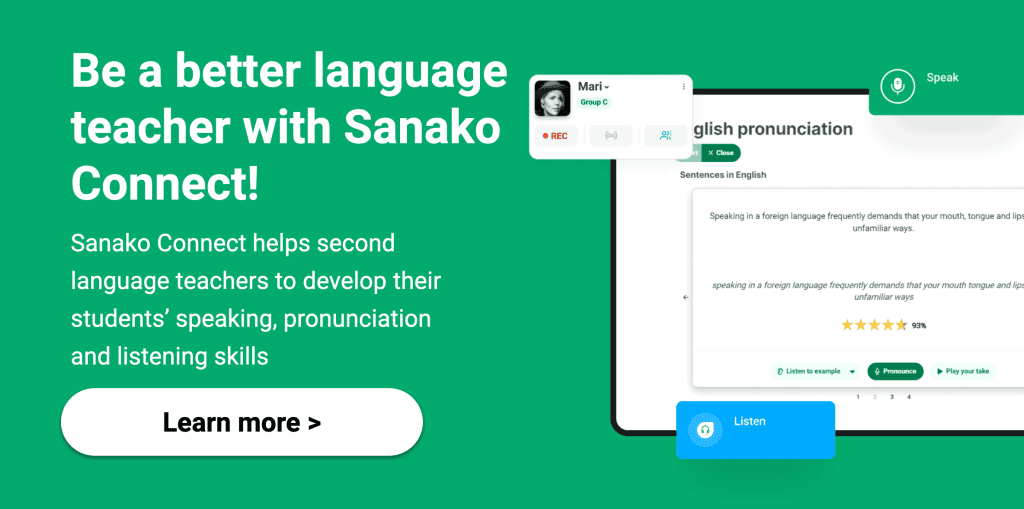Communicative Language Teaching (CLT) is a popular approach in language education that emphasizes interaction and real-life communication. This method encourages students to use the target language in meaningful real life contexts, thereby enhancing their speaking, listening, reading, and writing skills. Below, we explore some effective CLT activities that you can integrate into your language teaching methods to create a more dynamic and interactive classroom environment.
Role-playing Activities
Role-playing activities are a staple in communicative language teaching. These activities involve students taking on specific roles and acting out situations that they might encounter in real life. For example, students can simulate a visit to a doctor, a job interview, or a shopping trip. This not only helps them practice relevant vocabulary but also improves their ability to think and respond spontaneously in the target language.
To make role-playing more effective, you can provide students with role cards that outline their character, objectives, and even some supportive key vocabulary items. This adds a layer of authenticity and helps students immerse themselves in the scenario. Additionally, incorporating props and costumes can make the activity more engaging and enjoyable especially for learner of younger age.
Role-playing scenarios can be conducted in pairs or small groups, allowing for a more intimate and focused practice session. You can monitor and provide feedback, ensuring that students are using the language correctly and effectively.
Information Gap Activities
Information gap activities are designed to encourage students to communicate in order to complete a task. In these activities, each student has some information that the other does not, and they must use the target language to share this information and complete the task. This type of activity is excellent for practicing collaboration skills, communication skills, question forms, vocabulary, and functional language.
One common example is the “Describe and Draw” activity. In this exercise, one student describes a picture to their partner, who must draw it based on the description and ask follow up questions. This develops students’ communication and listening skills, making it a highly effective CLT activity.
Another example is the “Find the Difference” activity, where students are given two similar pictures with subtle differences. They must describe their pictures to each other and identify the differences without looking at each other’s images. This activity promotes detailed observation and descriptive language use.
Group Discussions
Group discussions are a powerful way to foster communicative competence among students. These discussions can be based on a variety of topics, such as current events, cultural issues, or personal experiences. The key is to choose topics that are relevant and interesting to the particular group of students, encouraging them to express their opinions and engage in meaningful dialogue.
You can facilitate group discussions by providing guiding questions or prompts. This helps to keep the conversation focused and ensures that all students have the opportunity to participate. Additionally, assigning specific roles, such as a moderator or note-taker, can help structure the discussion and make it more productive.
Group discussions not only improve speaking and listening skills but also promote critical thinking and the ability to articulate thoughts clearly. They are an excellent way to create a dynamic and interactive classroom environment.
Interactive Games
Interactive games are a fun and engaging way to practice language skills. These games can range from simple vocabulary puzzles to more complex activities that require strategic thinking and problem-solving. The key is to choose games that are appropriate for the students’ proficiency level, age, and learning objectives.
One popular game is “Taboo“, where students must describe a word without using certain “taboo” words. This encourages creative thinking and helps students expand their vocabulary. Another game is “Charades“, where students act out a word or phrase while their classmates guess what it is. This activity is excellent for practicing verbs and action words.
Digital tools and language teaching software, such as Sanako Connect language teaching platform, can also be used to create interactive games and other CLT activities. These tools offer a variety of features that can enhance the learning experience, such as real-time feedback, multimedia resources, and collaborative activities.
In conclusion, communicative language teaching activities such as role-playing scenarios, information gap activities, group discussions, and interactive games are highly effective in promoting language learning. By incorporating these activities into your teaching methods and utilizing tools like Sanako, you can create a more engaging and interactive classroom environment that fosters real-life communication skills.
Click the banner below to find out more about how Sanako’s language teaching platform could help improve your students’ speaking skills!

